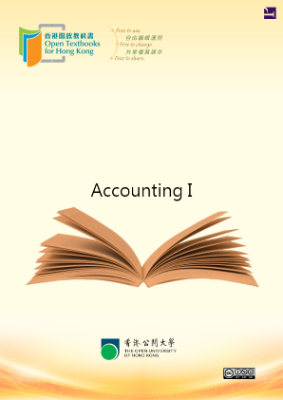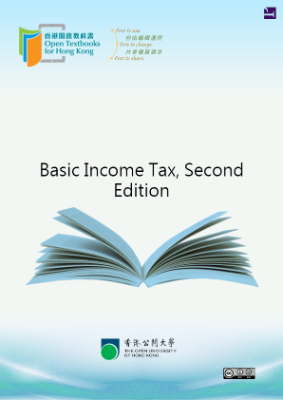Introduction to Accounting
The purpose of accounting is to provide a means of recording, reporting, summarizing, and interpreting economic data. In order to do this, an accounting system must be designed. A system design serves the needs of users of accounting information. Once a system has been designed, reports can be issued and decisions based upon these reports are made for various departments. Since accounting is used by everyone in one form or another, a good understanding of accounting principles is beneficial to all.
Accounting Fields
The accounting profession is generally divided into two categories: 1) private accounting and 2) public accounting. Private accountants are employed by a business, while public accountants practice as individuals or as members of an accounting firm. Public accountants are subject to strict government regulations and requirements which are determined by each individual state where a license is granted. Private accountants on the other hand require no licenses. They perform tasks which have been determined by their employer. Accounting fields exist that specialize in very specific areas of a business. Examples are auditing, budgetary, tax, social, cost, managerial, financial and international.
Basic Accounting Principles & Concepts
Bookkeeping is concerned with the recording of business data, while accounting is concerned with the design, interpretation of data, and the preparation of financial reports. Three forms of business entities exist: 1) sole proprietorship, 2) partnership, and 3) corporations. Corporations have the unique status of being a separate legal entity in which ownership is divided into shares of stock. A shareholder’s liability is limited to his/her contribution to capital. Whenever a business transaction is recorded, it must be recorded to accounting records at cost. All business transactions must be recorded. All properties owned by businesses are assets. All debts are liabilities. The rights of owners is equity.
The Accounting Equation & Transactions
Assets, liabilities and owner’s equity are the basic elements of the accounting equation. The excess of assets over liabilities is owner’s equity. Thus, assets are equal to liabilities plus owner’s equity at all times. Any business transaction has to affect at least one of these elements.
Accounting Statements
There are two basic accounting statements used by most businesses. The balance sheet presents the assets, liabilities and owner’s equity. Each account balance in the balance sheet is reported as of the last day of the financial period. The income statement determines whether a net profit or loss was realized by matching total revenue and expenses for a specific time period. A third statement is used by some businesses. It is the statement of owner’s equity which presents the changes which have taken place in owner’s equity over the period.











